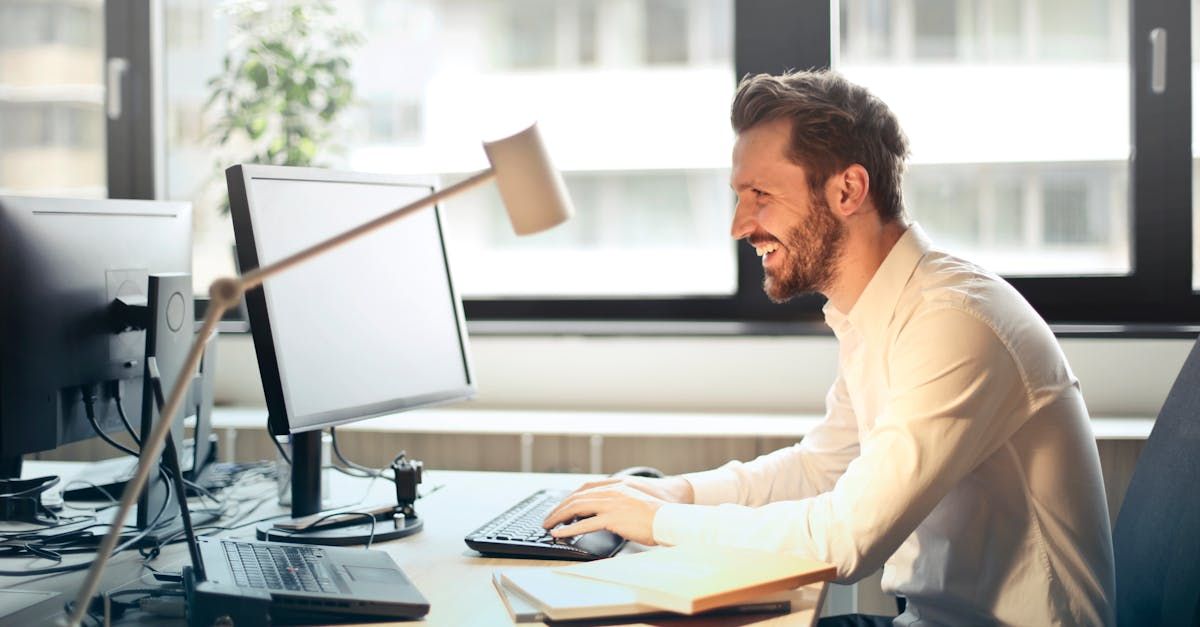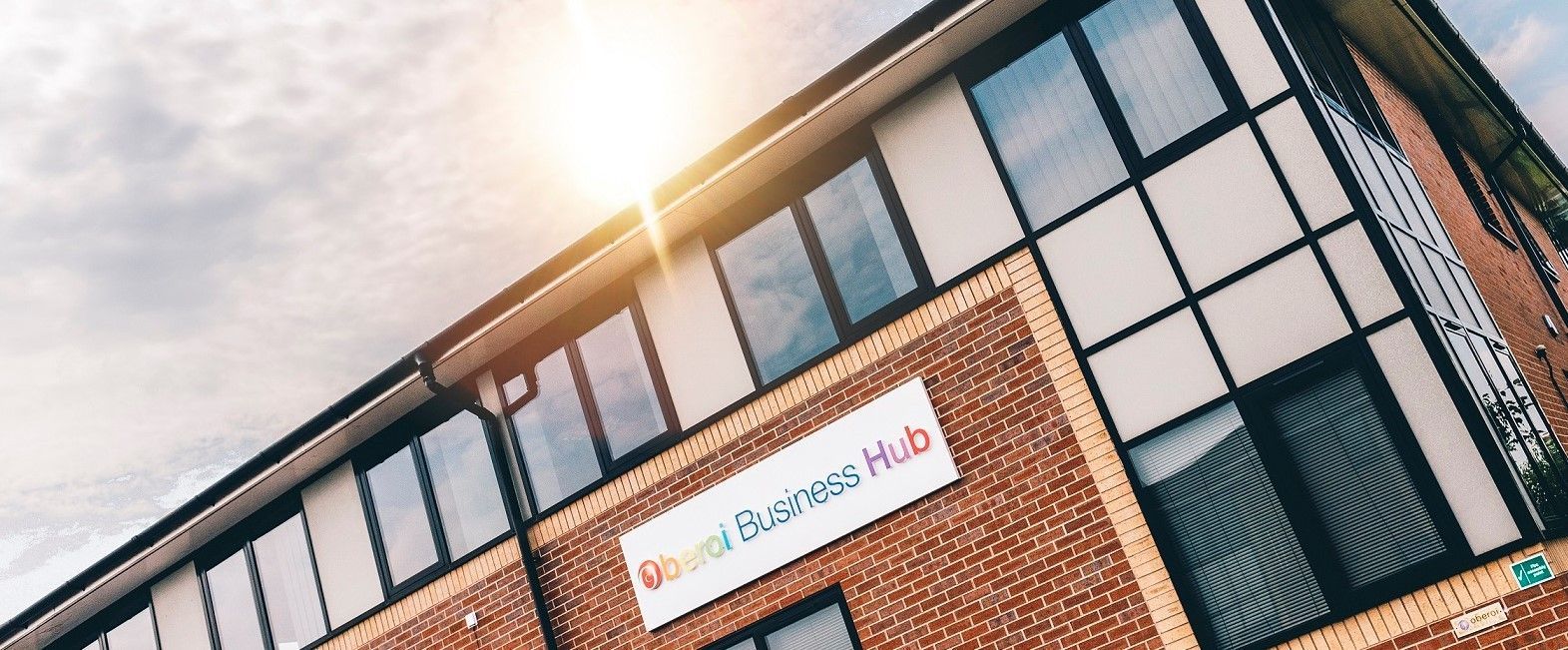Need help with your 1&1 emails?
Need help with your 1&1 emails?
Setting up an email account can sometimes be confusing, especially when you need the correct port information. If you are less experienced with managing emails, this can be daunting.
We often get calls from clients when their emails don't want to work how they should. Whilst we can help over the phone, we have found that providing a guide seems to be the easiest method for fixing the issue. Completing the setup process over the phone can sometimes lead to human error as the client cannot double check the information given. for example, if we give you a port number and you enter it incorrectly (without noticing) it can create a back and forth where the issue is unknown.
1&1 Provide a number of helpful guides that detail how to set up your emails. The problem then is; what if you don't use outlook?
Below we have collated a number of helpful guides for different devices and email services, choose the one that you need:
Email Clients
-> Outlook
Devices
-> IOS
-> Android
If you are still having trouble getting your emails set up and/or your email service is not listed, you can try manually yourself. Just make sure you have the right settings. You can view them here .
Ensuring you have set up the email correctly using the correct ports is crucial to getting it up and running. Sometimes, however, it still doesn't work correctly the first time. Below are some other common issues people run into and how you can solve them.
Username
Ensuring your username is correct should be your first priority when logging into a system. The problem with some email clients (especially Outlook) is that it auto fills it based on what it 'thinks' is correct.
The most common business email address is [Name@Businessname.com]. In my case, it is kyle@devmac.co.uk. Outlook recognises this string and begins to assume that my username is in fact just Kyle.
The problem here is that 1&1 does not generate a separate username, meaning your username is your email in its entirety. This has been a problem we have seen numerous times. It would be a fair assumption that when outlook auto-fills your username, it is correct. However, as just stated - this is far from the truth.
1) Your username is not your full email address
2) Your password is wrong
When we create your email for you, we will either send your password to an alternate address or read it out for you clearly over the phone. Alternatively, you may have provided us with a password you want to use and will already know it. It is possible for us to incorrectly set the password, however, we do ensure to double check that it matches.
You will need to open your account settings and then the email you wish to use. The route to this location varies depending on your email client, if you cannot find it immediately, do a quick search for the location on Google.
Here is what it looks like on Outlook. As you can see, the username has defaulted to the content before the @devmac.co.uk and as a result, the account is incorrect. You will then need to change this username to the full email address and the account should be working.
When you try to send and receive, you may be met by the "network password" box as seen above. If your account details are now correct, once you press "OK" the box should no longer re-appear and you will begin downloading all of your emails.
Email and Password Security
Due to email becoming an ever-increasing avenue of attack, it's crucial that passwords and security are not taken lightly. Users need to take measures to ensure their emails are secure against common attacks.
Malware received via email can cause a multitude of problems. These are usually sent through phishing emails where attackers disguise themselves as legitimate businesses and/or individuals. The most common cause of these problems is through attachments. You should never open an attachment from an unknown source, even if you are only curious as to what it is.
Attackers use this as an avenue to place malicious data and viruses on your device. This can then provide them with all your personal and sensitive data and/or completely shut off your device and make it unusable.
The starting point for email security should always be your password. A simple password is not only easy to guess but easy to hack. If we are not given a specific password to use when creating your email account, we will use a simple email that is easy to remember so you can begin configuring your email client. If this is the case, it is important that you change this to something more secure.
To do so, you will need to access your account via 1and1's webmail, you can do so here .
A few tips:
1) Use a variety of upper and lower case letters
2) Include at least 2 numbers, preferably in different places in the password
3) Include special characters (!?*- etc.)
A secure password will help keep your email secure, however, there are other considerations you must take to keep your email and device safe:
1) Do not share your password with anyone that you don't want to have access to it.
2) If you question the legitimacy of an email, do not open any attachments or click on any links
- We have seen some phishing emails that appear to come from an email you may recognise (for instance: another email from your business) that request confirmation of an invoice. These catch people off as they assume that as they recognise the address, it must be real. If you receive an email requesting payment and you have not been directly informed, ask the person whether this is real or not.
3) Avoid accessing work emails over public WiFi
- It is well known that public WiFi is the easiest to hack. Without having any secure encryption, your emails could be susceptible to nearby attackers.
4) If you believe someone may know your password and/or another business mailbox has been compromised, change your password.
- Even though you may not be certain, it is better to be safe than sorry. If another one of your business mailboxes has been recently targeted, they may have obtained data relating to your email.
1&1 automated security
More often than not, when an email is compromised, it is used to send out mass spam emails. Not only does this look bad on the victims business, but it can also create a chain where others become compromised.
1&1 automatically detects anomalies like this. When a mailbox is sending out irregular amounts of emails or has received a large number of bounce backs, they will automatically disable the mailbox from use. This will mean that you will be unable to send out emails until the account has been reset.
In this situation, they require you to run anti-virus and anti-malware software. These will pick up any harmful on your computer and remove them for you. It's important to do both. Anti-virus software will not necessarily pick up malware and vice-versa.
The below software will do the trick:
Anti-Virus
-> Avast
-> AVG
-> Norton
Anti-Malware
-> Malwarebytes
Once you are certain that your device is clean, you then need to change the password.
IMPORTANT - when this occurs, users only acknowledge the device that they use the most. If you use your email on multiple devices, you will need to ensure each device is clean before altering the password. If you change it without doing so, the attacker will obtain the new one as well.
IMAP or POP?
When you are setting up your 1&1 emails, you have the decision as to whether you set them up and IMAP or POP. Your decision will determine whether you enter "imap.1and1" or "pop.1and1" when setting up your incoming email server. This decision greatly impacts how you receive your emails and the space they take on the server.
Note that if you are a client of ours, your emails will be hosted through 1&1 and their minimum mailbox size is 2gb. Meaning, if you receive a large number of daily emails, your mailbox may become full quickly.
When your mailbox is full, you will stop receiving emails. Unfortunately, there is no system that automatically informs you that this has happened, thus, you will begin to think that there is a problem with your emails. When this occurs, we suggest you delete some of your emails that are no longer needed and empty your deleted items/spam bins in your email client.
Understanding the difference between IMAP and POP is essential. As such, we have created an article to answer that question here
If you are struggling to fix your emails after trying everything, give us a call on 01332 477575 or email admin@devmac.co.uk and we'll be able to help.






